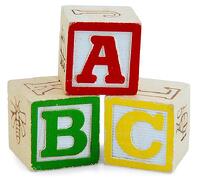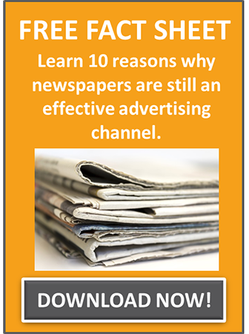Advertisers spend millions of dollars every year in an effort to get the right message in front of the right prospects. In an increasingly complicated and fragmented marketing environment, where budgets are tight and competition is stiff, these advertisers are held even more accountable for outcomes.
Enter effective frequency, which Wikipedia defines as “the number of times a person must be exposed to an advertising message before a response is made and before exposure is considered wasteful.”
Effective Frequency is Nothing New
Though you may think effective frequency is a modern concept, it’s actually been around since the very beginning of advertising. In his book “Successful Advertising,” written in 1885, Thomas Smith wrote a very tongue-in-cheek checklist of what happens each time a consumer sees an ad.
He started with:
“The 1st time people look at an ad, they don’t see it.
The 2nd time, they don’t notice it.
The 3rd time, they are aware that it is there.”
On down the list he continued:
“The 11th time, they wonder how the company is paying for all these ads.
The 12th time, they start to think that it must be a good product.
The 13th time, they start to feel the product has value.”
And finally:
“The 18th time, they curse their poverty because they can’t buy this terrific product.
The 19th time, they count their money very carefully.
The 20th time prospects see the ad, they buy what it is offering.”
As I mentioned, his list was on the comedic side, but he wasn’t too far off from the reality of consumer behavior. Though advertising was a completely new endeavor back then, savvy marketers like Smith understood a basic advertising truth: “more frequency = more effective.”
Decades later, advertising genius Herbert Krugman became very interested in consumer behavior. He wanted to know how many times consumers needed to see an ad for it to be effective so he could place efficient TV media buys for his clients. The research he conducted is where his famous Theory of Effective Frequency for advertising was born.
Now most advertisers intuitively understand that repetition is the basis of effective messaging. But when you factor in that all of that repetition has a price tag, advertisers need to limit ad frequency to the point where diminishing returns occur.
After his research, Krugman concluded that the optimal number of times a consumer needed to be exposed to an advertisement was three. After three exposures, he concluded, consumers take action.
Many marketers have since debated the subject with some calculating a different magic number of exposures.
What’s the Magic Number for Local Media?
How much exposure do local businesses need to get their desired result? The obvious answer is, there is no magic number. There are simply too many factors at play: the recent complexity of the marketplace, fragmented communication channels, and consumers’ declining attention spans in response to constant advertising bombardment.
Any strategy that approaches frequency without taking all of this into consideration doesn’t stand much of a chance at being effective. What advertisers need to focus on is simply the idea that there must be enough concentration of media in order to influence consumers to buy.
With this in mind, there are a few effective frequency best practices to follow:
Fewer Messages More Often
When we talk about frequency of messages, let’s be clear: stick with a few core brand messages and communicate them more frequently. 100 different messages communicated 25 times is not at all as effective as 1 core message communicated 25 times.
 If You’re Bored with Your Message – You’re Doing It Right
If You’re Bored with Your Message – You’re Doing It Right
Long before your message sinks in with prospects, you will inevitably get bored with it and have the urge to change course. DON’T! Boredom is a good sign - it means you are sticking to your strategy.
Fight the urge to pull the plug on your marketing message prematurely. It can often take years for some messages to connect with consumers, so fight the temptation to create something new and different just for the sake of creating something new and different.
Segment Your Audience
Effective frequency will require you to rethink how you spend your media dollars and begin to segment your audience. What’s more effective: getting your message in front of 50,000 people one time, or 5,000 people five times?
Success comes when you begin to target a portion of your customer base. By doing so you’ll not only be able to use better data and analytics, you’ll also be able to craft the most relevant messaging possible.
Effective frequency is not just a theory, it’s a way to communicate your message optimally while at the same time getting the most bang for your advertising buck.
Related Posts
The Truth About Print (That Your Competition Doesn't Want You to Know)





